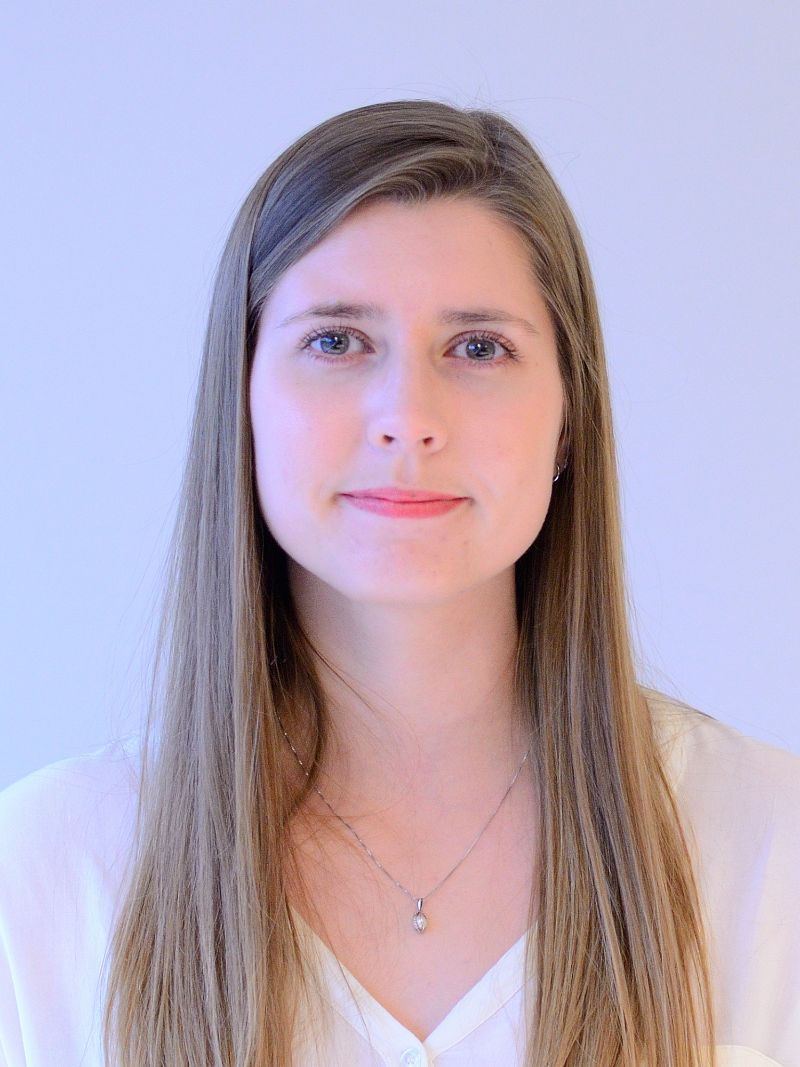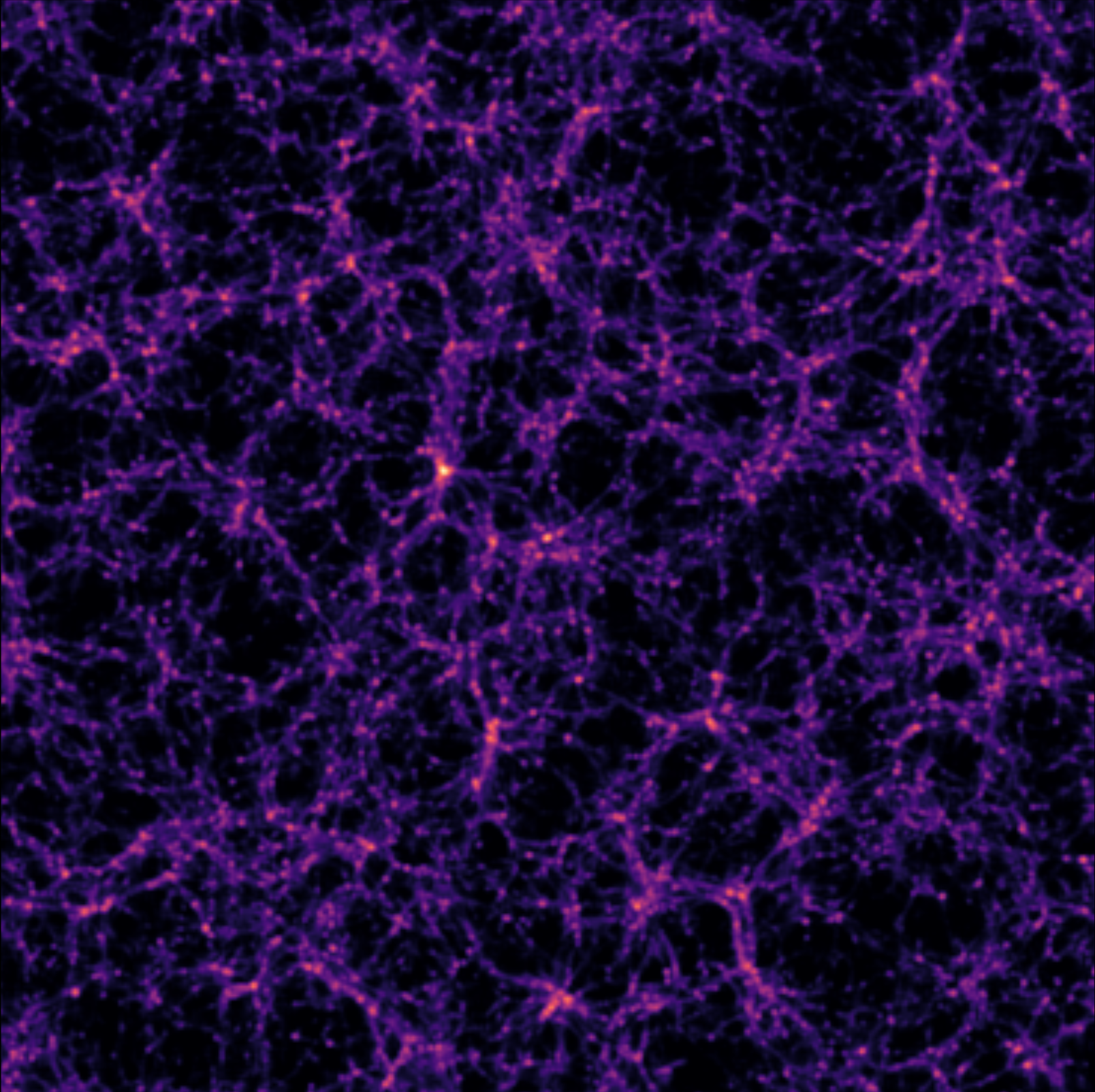
Massive neutrinos and modified gravity have a degenerate effect on the clustering of matter at small scales. A possible way to study this is with cosmic voids, which are vast underdense regions in the large scale structure.
These regions are sensitive to diffuse components of the universe, such as massive neutrinos, and simultaneously experience effects of modified gravity in a way that is less affected by screening mechanisms. The current modelling of the void-galaxy cross correlation function works well for a \(\Lambda\)CDM universe. However, it is unclear if this is still the case for other cosmologies.
In my talk, I will discuss how the model performs if we apply it directly to data from simulations which contain massive neutrinos and modified gravity.

This Friday colloquium will be hybrid. Attendees can therefore participate either in-person or via Zoom. Please join via Zoom at
https://uio.zoom.us/j/69001043754?pwd=cEJpbVE5ci9PdWNtRld2TDNNcGtKdz09
Meeting ID: 690 0104 3754
Passcode: PeiseStua3
Attendees will be muted during the colloquium, but will have the opportunity to ask questions at the end by clicking on the "raise hand” button (or send a request via chat).